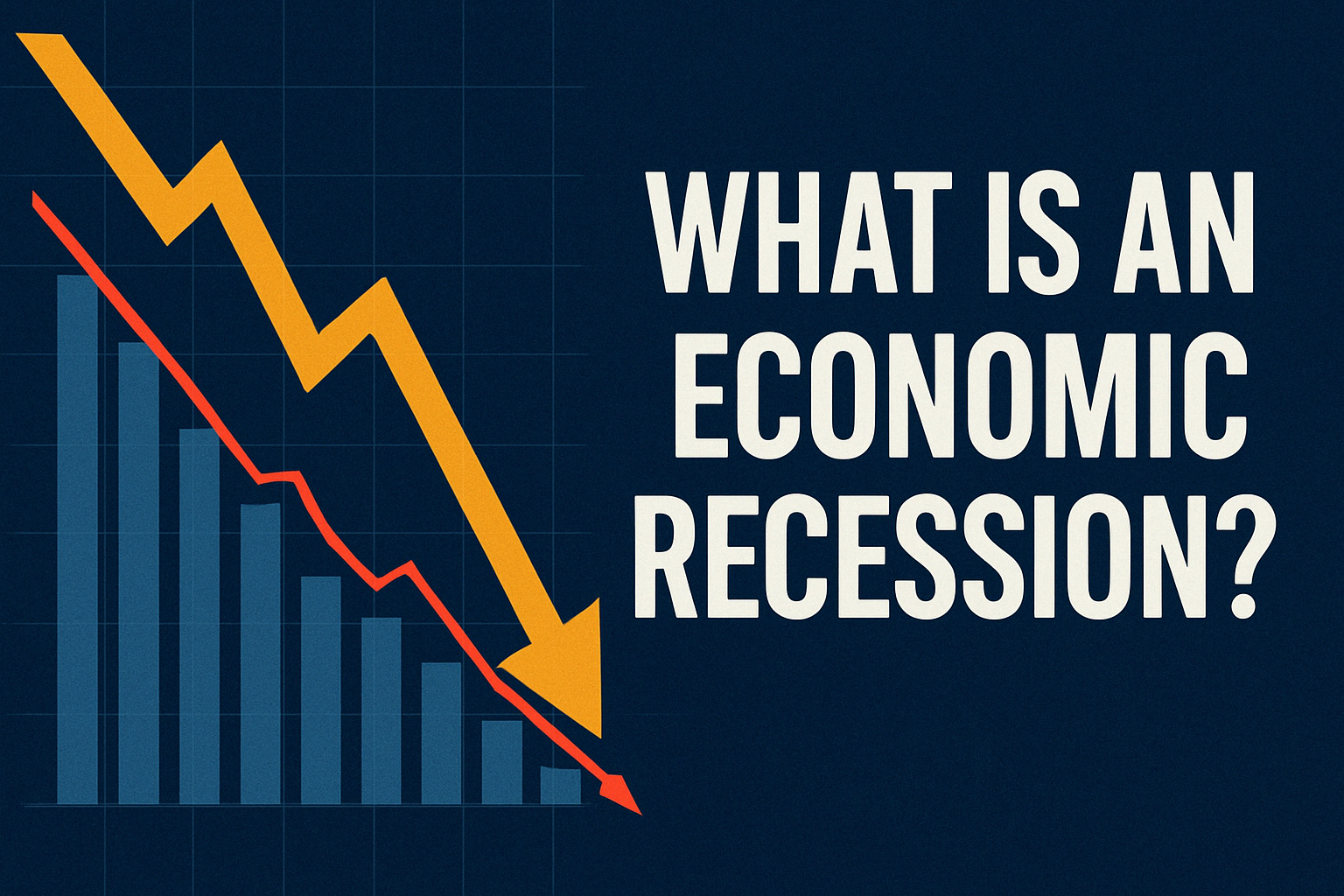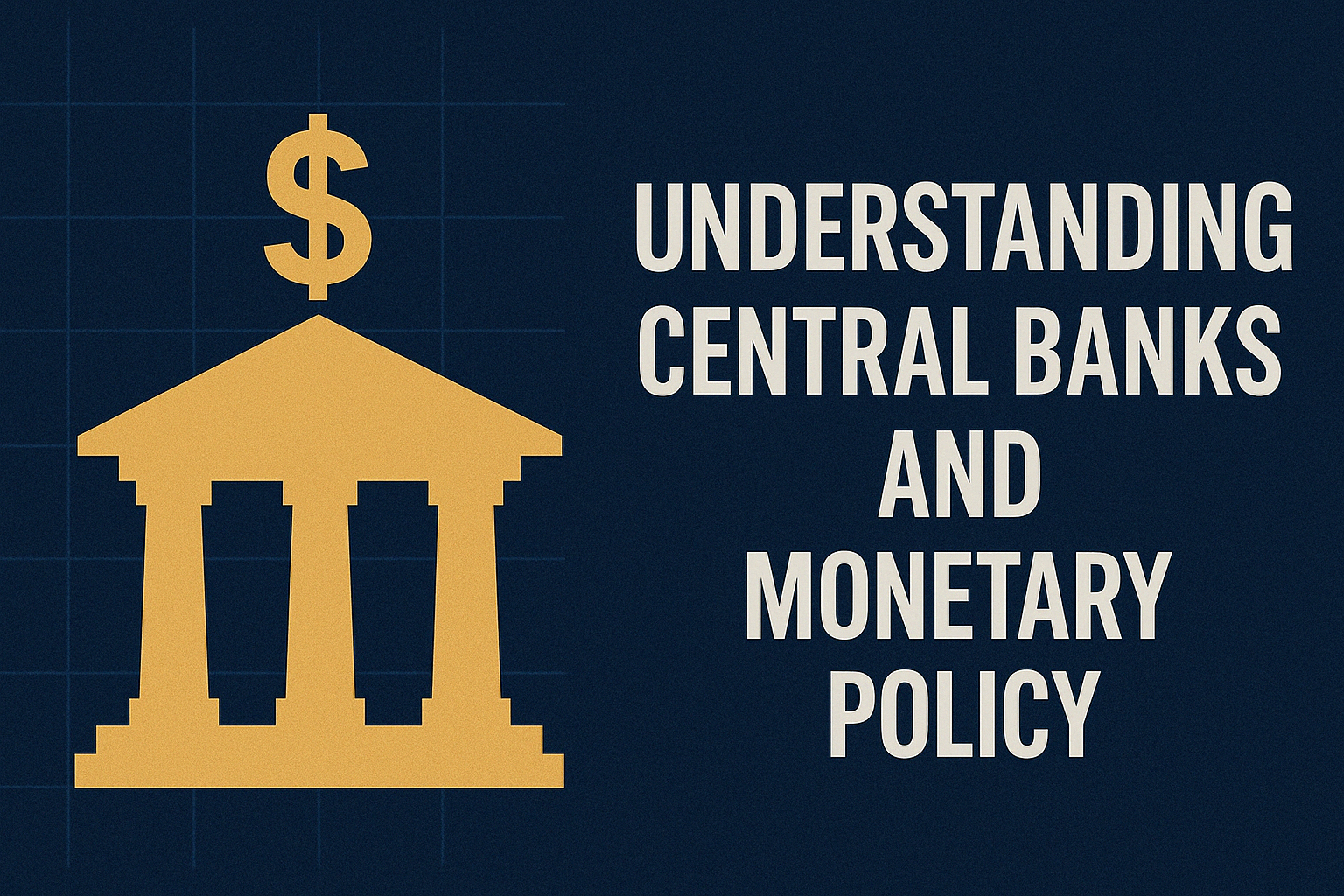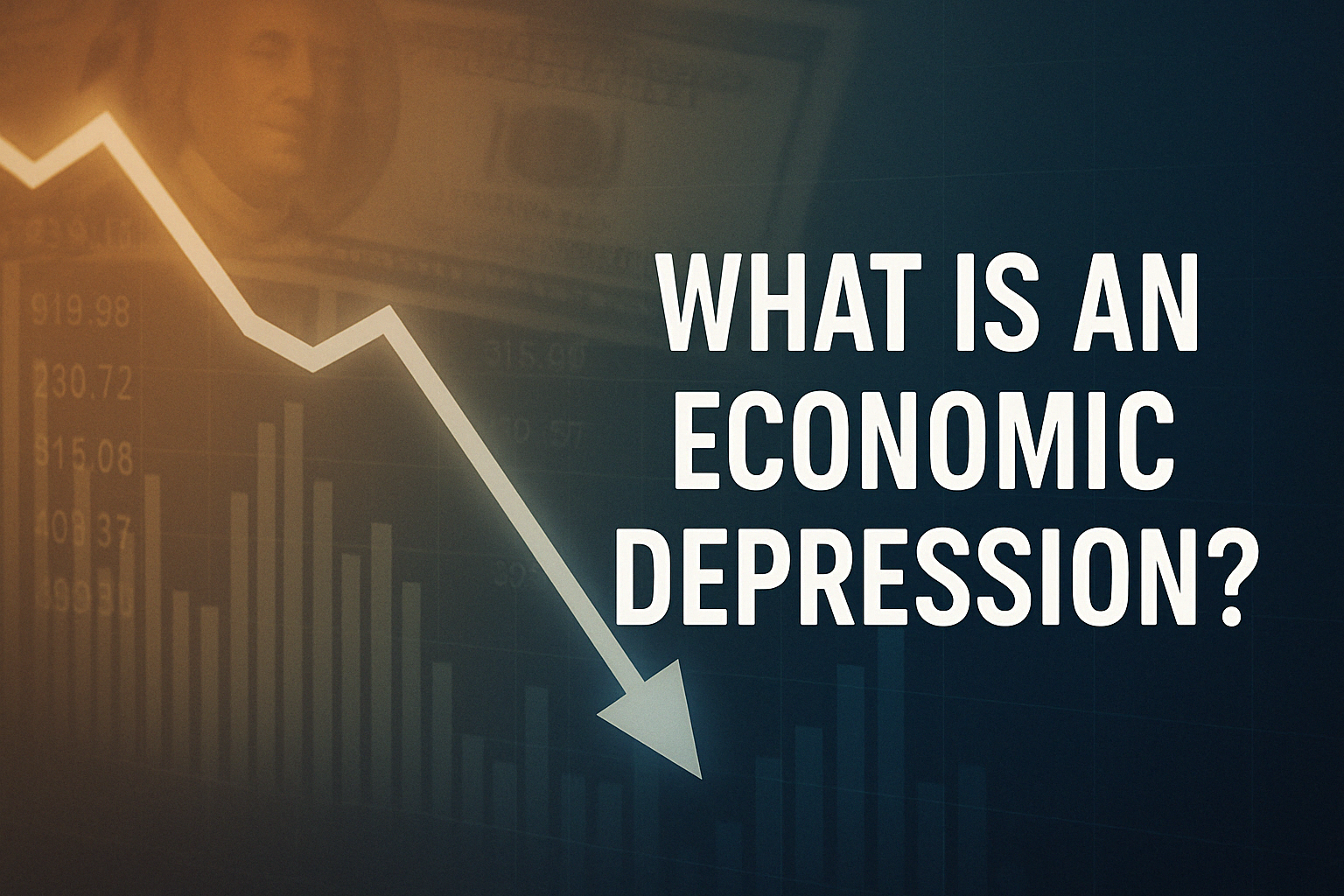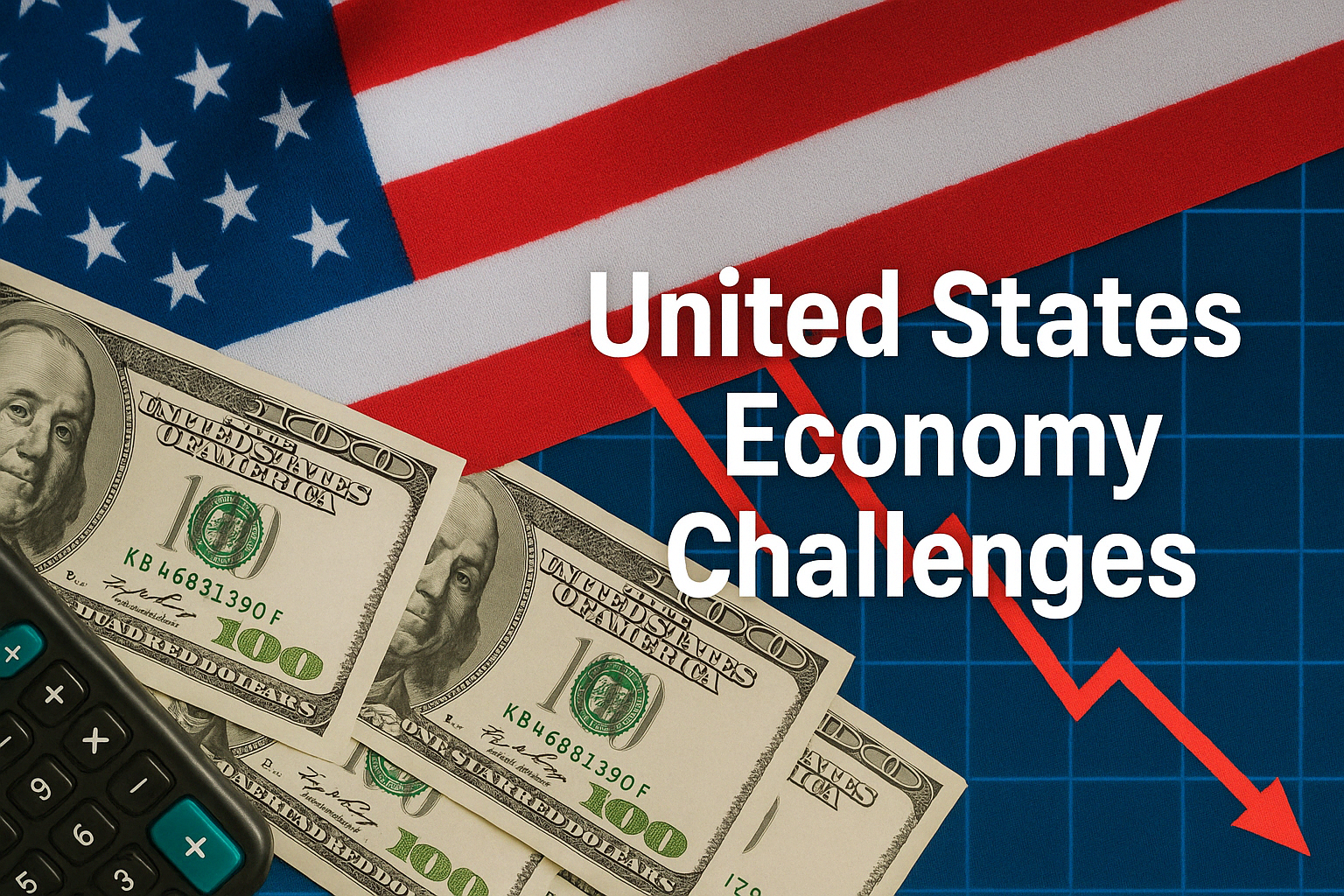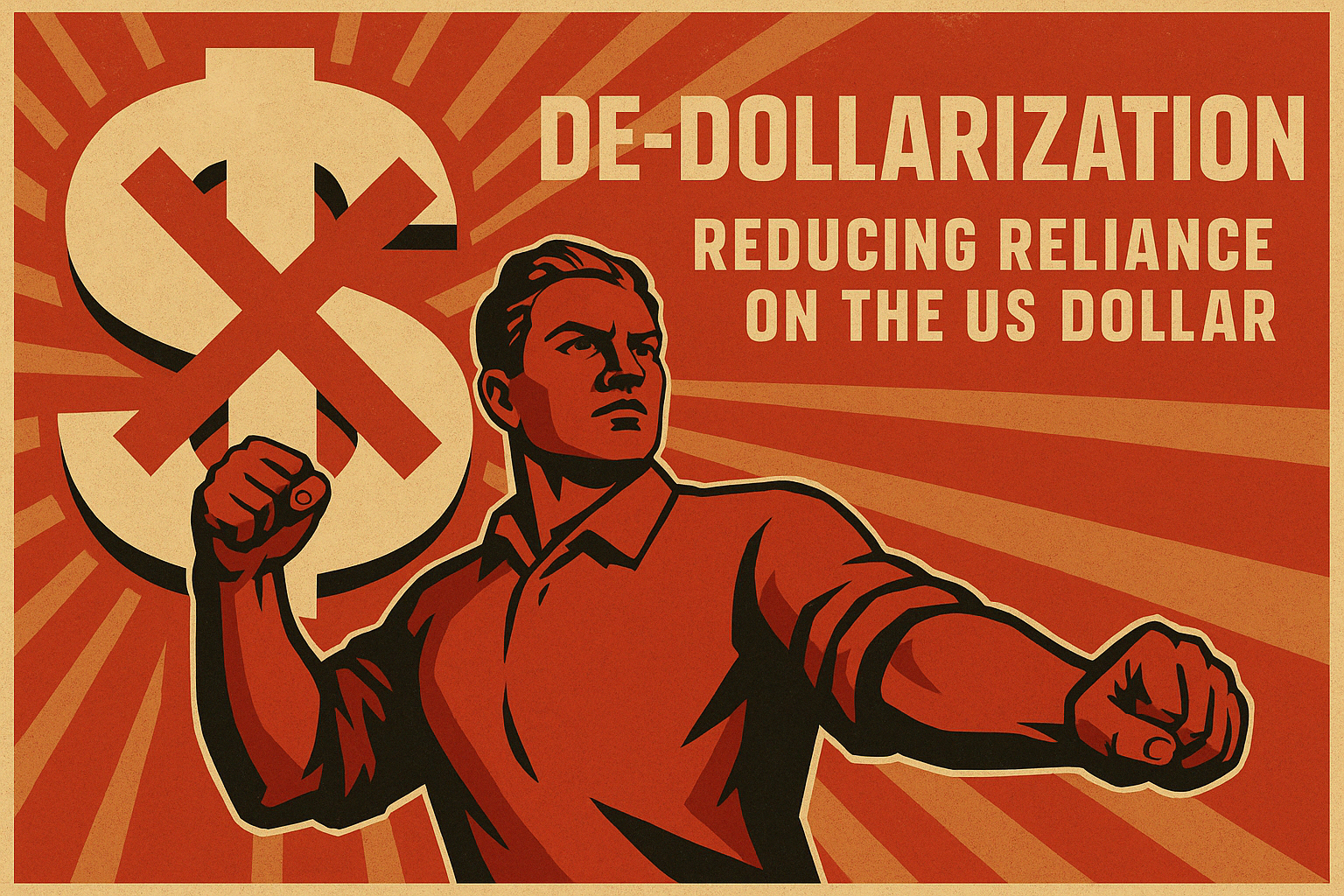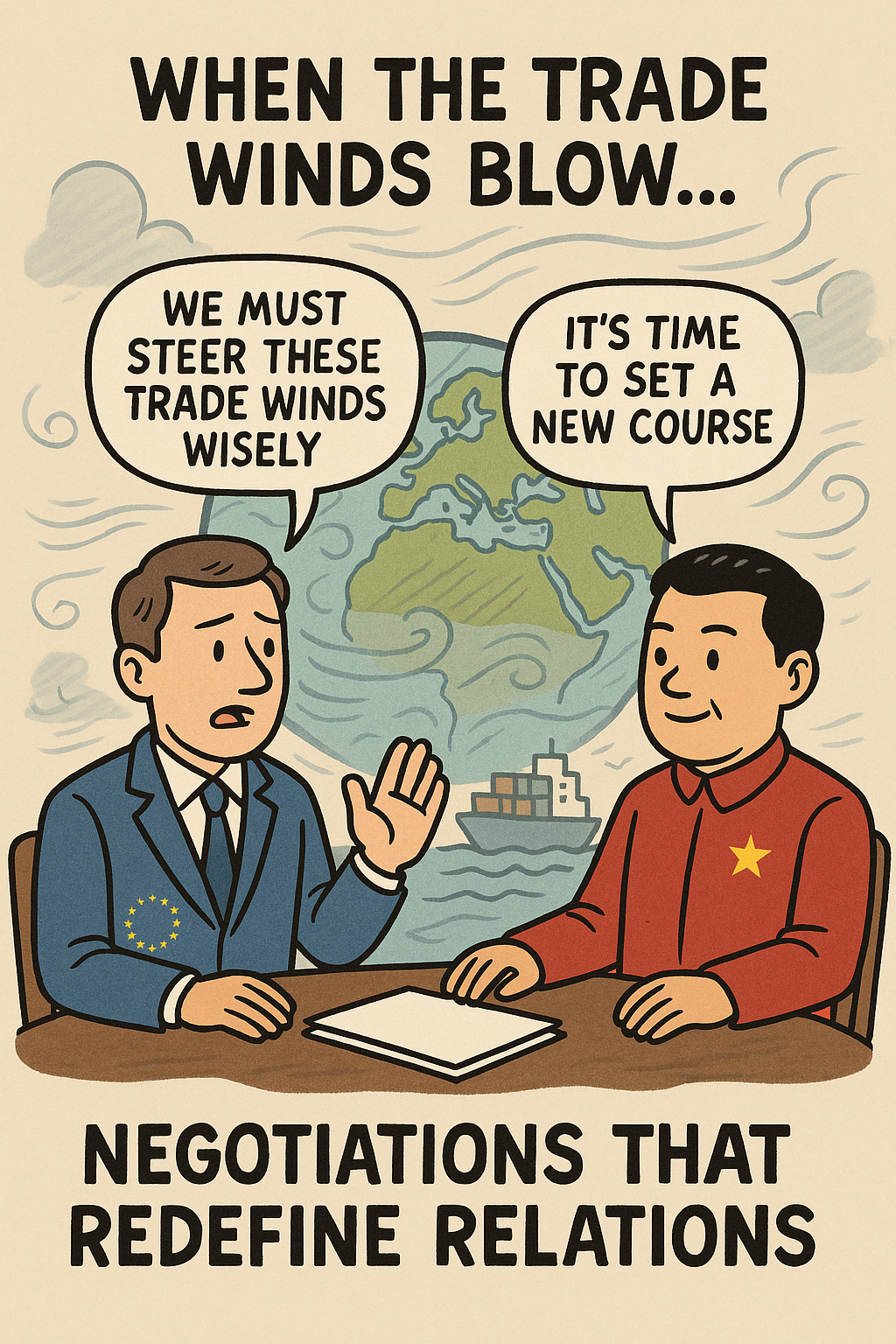An economic recession is a period of declining economic activity that affects businesses, workers, and communities. It’s often characterized by reduced spending, lower production, and rising unemployment. While recessions can vary in length and severity, they typically disrupt the normal growth of an economy, leading to widespread financial challenges. This section explains what a recession is, how it’s identified, its causes, effects, and how economies recover.
Trade War
This category includes all articles published on the website in chronological order, encompassing the full scope of content across the platform. It features coverage of economic conflicts between nations, including the use of tariffs, sanctions, export controls, and other trade-related measures. Articles span foundational concepts, briefings, reviews, and in-depth analysis, providing a comprehensive view of global trade tensions and their broader economic impact.
Understanding Central Banks and Monetary Policy
Central banks and monetary policy play essential roles in shaping a country’s economy. They influence how money flows, how much it costs to borrow, and how stable prices remain. This section explains what central banks are, what they do, and how monetary policy works.
What is an Economic Depression?
An economic depression is a severe and prolonged downturn in economic activity that affects a country or even the global economy. It goes beyond a typical recession, which is a shorter period of economic decline. Depressions are marked by significant drops in production, widespread unemployment, falling prices, and a sharp reduction in consumer and business spending. This article explains what an economic depression is, its causes, effects, and how it differs from other economic downturns.
What is Stagflation?
Stagflation is a rare and troubling economic condition that combines stagnant economic growth, high unemployment, and rising inflation. This mix creates a difficult environment for businesses, workers, and policymakers, as the usual tools to fix one issue often worsen the others. For everyday people, stagflation can mean higher prices for goods and services, fewer job opportunities, and a sense that the economy is stuck in a rut. This article breaks down what stagflation is, its causes, effects, and how it impacts daily life.
United States Economy Challenges
As of April 2025, the United States economy is dealing with persistent inflation and slowing economic growth. Inflation rates have remained above the Federal Reserve’s 2% target, with projections indicating a rate between 3.5% and 4% for the year. This prolonged period of price increases is partially linked to recently enacted tariffs, which have raised costs for both businesses and consumers. The national GDP forecast has been downgraded, with growth expected to slow to approximately 1.4% in 2025. This combination of high inflation and weak growth has increased concerns about stagflation, a condition marked by rising prices alongside economic stagnation.
De-dollarization: Reducing Reliance on the US Dollar
De-dollarization refers to the process whereby countries and international organizations actively reduce their dependence on the US dollar for international trade, investment, and reserve holdings. This process involves shifting away from the dollar as the dominant currency in global financial transactions, trade invoicing, foreign exchange reserves, and debt issuance. While the US dollar remains the most widely used global reserve currency, recent trends suggest an increase in efforts by various nations to diversify currency usage in international finance and commerce.
The F-35 and Gripen Fighter Jets: A Tale of Cost, Capability, and Controversy
The F-35 Lightning II and the Saab Gripen are two fighter jets at the heart of heated debates in military and political circles. Designed to meet modern warfare demands, these aircraft represent different philosophies in defense technology, cost management, and international cooperation. The F-35, a U.S.-built stealth jet, has faced scrutiny for its staggering costs and technical issues, while the Gripen, a Swedish multirole fighter, has emerged as a cost-effective alternative, sparking discussions about its viability against the F-35. This article examines the controversies surrounding both jets, focusing on their development, performance, and the geopolitical factors influencing their adoption.
Recent Discussions Shape EU-China Relations Amid Global Trade Pressures
Recent weeks have seen significant diplomatic activity between the European Union and China, unfolding against a backdrop of heightened global trade tensions, particularly stemming from new US tariff policies. High-level conversations and specific negotiations have addressed pressing economic issues and reaffirmed areas of ongoing dialogue.
Tariffs and Sovereign Capability: A Strategic Perspective
Tariffs are taxes imposed on imported goods and services. While often discussed in terms of economics and trade, tariffs are also frequently used as instruments of national policy. Governments may implement tariffs not just to support domestic industries but to reinforce sovereign decision-making in areas like defense, security, infrastructure, and resilience. Viewed through this lens, tariffs become part of a broader strategy for preserving national autonomy and self-determination in key sectors.
China’s Quiet Shift: Blocking U.S. Agriculture and Energy Imports
China has been steadily reducing its reliance on U.S. agriculture and energy imports, turning instead to other countries to meet its needs. This shift, driven by a mix of trade tensions and strategic planning, involves subtle barriers that go beyond traditional tariffs. These changes are reshaping global trade patterns and affecting American farmers and energy producers.

